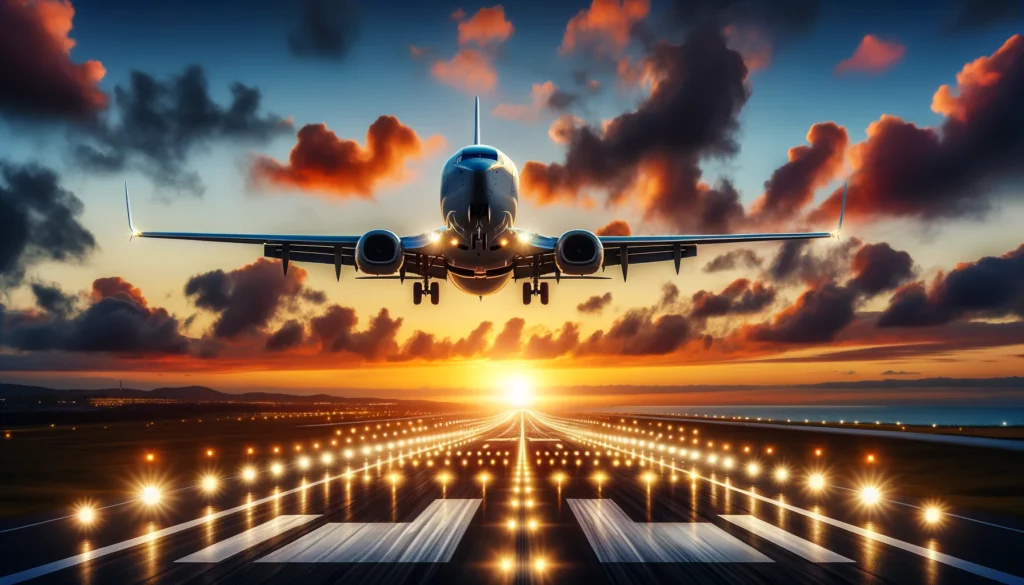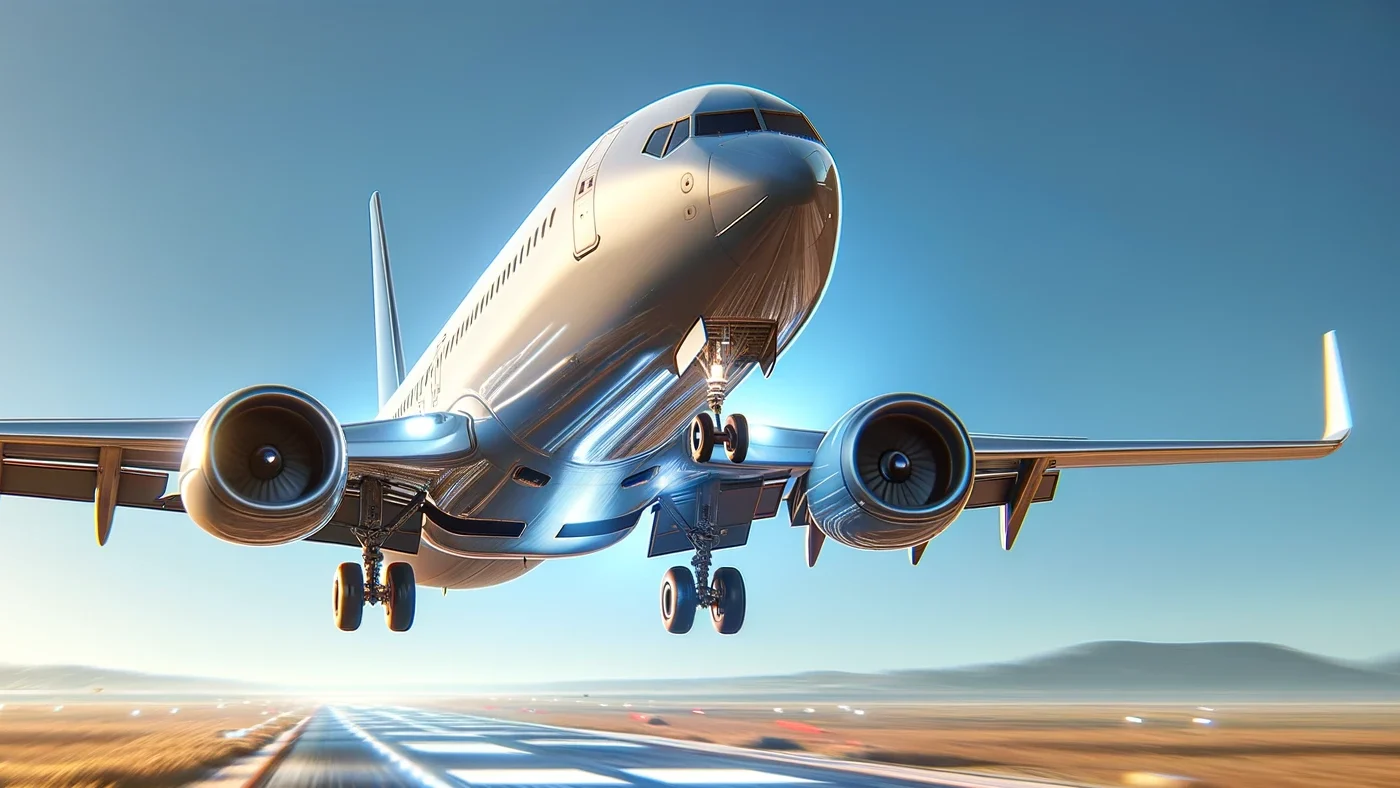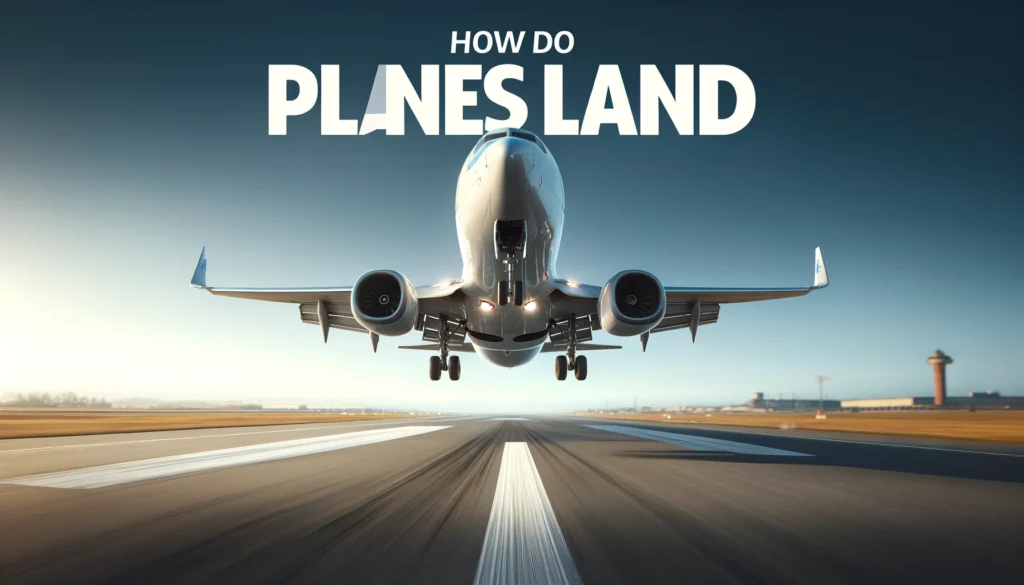Landing an airplane is the accomplishment of technology, skill, and coordination with air traffic control. This guide gives detailed info on the mechanics and process of ‘How Do Planes Land’. Moreover, how pilots secure safely landing an aircraft, and, most importantly, highlight the stages of descent and touchdown.
Initial Descent: What Are the Steps Involved in Landing an Aircraft?

The procedure begins before the plane is near its destination while being in the air. The descent is initiated several miles away, requiring the pilot to gently lower the plane following the calculated trajectory. Throughout this period, the crew is in continuous contact with air traffic control (ATC). ATC is responsible for providing necessary data about current weather conditions, wind speeds, and the traffic situation around the airport. Which are very important during approaching and securing a safe landing corridor.
This stage also requires careful speed control. The pilot adjusts the plane’s speed according to the requirements of the approach path and uses numerous instruments to monitor and control the descent profile tightly. Such modifications, however, ensure that the descent is smooth and safe, preserving both the passengers’ comfort and the structural integrity.
Final Approach: How are Planes Aligned with the Runway?
The last step is where the pilot alters the Aircraft’s trajectory, followed by the Runway. Controlling the speed and direction of flight during landing is very important because it requires the exact timing of flaps and rudders. The addition of flaps makes the area of the wings larger than it was, and it permits the airplane to sail at slow speeds with the needed lifting force. Meanwhile, the pilot ensures that the rudders are adjusted so that the craft is in the dead center of the Runway.
With the plane still on the descent approach, the pilot monitors critical parameters, including airspeed, altitude, and glide slope, to ensure that touchdown is made accurately on the middle portion of the runway. However, this is the fine line that the spaceman must walk between speed and control to bring the landing to a smooth halt.
Touchdown and Taxiing: Here, Explain the Whole Process of How Do Planes Land & How They Reach at Terminal Gate
The touchdown is the most theatrical aspect of the landing maneuver. On coming into contact with the airport’s surface, the landing gear handles the worst of it. Unlocking and correctly positioning the landing gear should be the last thing to do. Once the wheels reach the runway, the pilot takes various actions, including reversing the engine thrust. The aircraft could use the main brakes, the drag produced by wing spoilers, which will disrupt the airflow and ensure that lift is reduced, and reverse thrust, which redirects engine power meant for slowing down the aircraft.
Upon the plane comes to a full deceleration and has successfully stopped on the runway, it splits onto a taxiway. Here, the pilot will be given turn-by-turn commands from the ground controller to move the plane from the runway to its planned gate. During this final phase, the pilot will conduct the run and be able to reach the position where the aircraft will be docked by managing a network of taxis and making sure that the capability needed for this phase is being shown.
How Do Planes Land “Keys Components of Landing”

Landing an airplane is complex and is demanding with its detailed standards and operations. Working, from the first second of the touchdown to the last one accompanying the aircraft along the runway, is integral to providing a safe and convenient environment to the passengers and crew.
| Component | Role in Landing Process | Importance |
| Air Traffic Control | Provides crucial weather conditions, wind speed, and Air traffic updates. | Integral to safe navigation and precise timing. |
| Landing Gear | Supports the aircraft during ranway touchdown. | Essential for a safe landing. |
| Flaps and Rudders | Adjust speed and stability for the final approach. | Critical for accurate alignment with the runway. |
| Brakes and Spoilers | Reduce speed and increase drag after touchdown. | Key components for safe deceleration and stop. |
| Reverse Thrust | Assists in slowing the aircraft by reversing engine thrust. | Supports brakes and spoilers in reducing speed. |
The intricate knowledge of the landing technique of planes reveals the synergy between the professional pilot’s skills and advanced aviation technology geared towards attaining the safety of the passengers and the crew during the landing process, which is one of the most complicated phases of flight. This manual is intended to help people understand aviation’s complexities and strict safety measures.
Can You Take Pens on a Plane? “Learn Truth Now! & Make Your Journey More Convenient”

